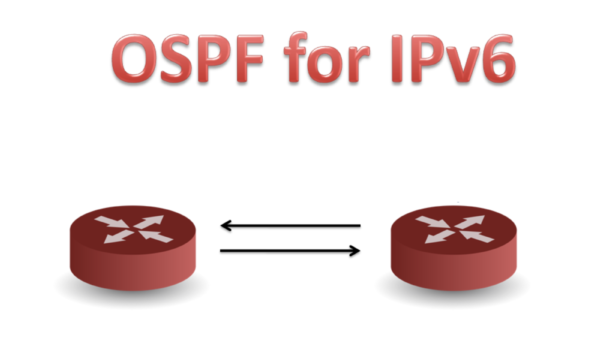In today’s rapidly evolving networking landscape, a firm grasp of IPv6 and OSPF (Open Shortest Path First) is imperative. IPv6, the next-gen Internet Protocol, and OSPF, a dynamic routing protocol, play pivotal roles in achieving efficient data transmission and network management.
This all-encompassing guide aims to demystify IPv6 OSPF, offering step-by-step guidance and valuable insights to help you harness the full potential of this network protocol.
The Significance of IPv6 OSPF
Before we delve into practical steps, let’s explore the paramount importance of IPv6 OSPF in modern networking.
The Role of IPv6 in Networking
IPv6, also known as Internet Protocol version 6, represents the latest evolution of the Internet Protocol. It boasts an expanded address space to accommodate the ever-growing number of connected devices.
Introduction to OSPF Routing
Open Shortest Path First (OSPF) stands as a routing protocol deployed in IP networks, including IPv6 networks. It facilitates routers in discovering and communicating with one another, thereby ensuring efficient data transmission.
Benefits of IPv6 OSPF
Now, let’s delve into the merits of employing IPv6 OSPF within your network infrastructure.
- Enhanced Routing Efficiency. IPv6 OSPF optimizes routing efficiency, guaranteeing data takes the shortest, most efficient path. This reduces latency and enhances overall network performance;
- Scalability and Flexibility. IPv6 OSPF offers both scalability and flexibility, enabling effortless addition or removal of network devices as your organization’s needs evolve;
- Augmented Network Resilience. OSPF allows networks to adapt to changing topologies and route around failures, thereby bolstering network resilience and minimizing downtime.
Discover more in this tutorial from Networking Academy
Step-by-Step IPv6 OSPF Implementation Guide
Let’s now navigate through the comprehensive process of implementing IPv6 OSPF within your network.
Step 1 – Network Assessment
Prior to implementation, conduct a thorough network assessment to identify areas where IPv6 OSPF can enhance routing efficiency, tailoring the solution to your specific requirements.
Step 2 – Router Configuration
Configure your routers to enable IPv6 and OSPF routing. Ensure routers can seamlessly communicate and establish OSPF adjacencies.
Step 3 – OSPF Area Setup
Organize your network into OSPF areas, optimizing routing efficiency within distinct segments of your network.
Step 4 – Advertise IPv6 Networks
Within OSPF, advertise IPv6 networks to inform routers about available paths and network segments, enhancing routing intelligence.
Maximizing Network Efficiency with IPv6 OSPF
Mastering IPv6 OSPF is indispensable for achieving efficient and scalable network management in the contemporary era. By meticulously following our step-by-step guide and embracing IPv6 OSPF, you can elevate routing efficiency, bolster network resilience, and adeptly adapt to your organization’s dynamic needs.
As you embark on this journey, keep these key takeaways in mind:
- Efficient Routing: IPv6 OSPF ensures data takes the quickest path, minimizing latency and enhancing overall network performance;
- Scalability: Adapt your network with ease to accommodate growth or changing workloads through the agility of IPv6 OSPF;
- Network Resilience: OSPF’s adaptability to topology shifts fortifies network resilience, reducing downtime;
- Flexibility: IPv6 OSPF provides the flexibility required for customizing your network design and routing;
- Continuous Monitoring: Regularly monitor your IPv6 OSPF implementation to maintain optimal performance.
Conclusion
In the dynamic realm of networking, staying at the forefront is paramount. IPv6 OSPF equips you with the tools needed for efficient network management and adaptation to evolving circumstances. Armed with our comprehensive guide, you are well-prepared to embark on your IPv6 OSPF journey, fully capitalizing on the potential of this network protocol.
As you traverse the landscape of IPv6 OSPF implementation, remember that successful networking extends beyond technology. It also entails aligning your solutions with your organization’s specific requirements. By fusing the power of IPv6 OSPF with best practices, you can construct a resilient and efficient network infrastructure that propels your organization to new heights.
Embrace the possibilities, optimize your network, and commence a journey toward networking excellence with IPv6 OSPF. The future of networking shines brighter than ever, facilitated by simplified implementation guided by our comprehensive tutorial.
With this expanded and enlightening guide, you are fully equipped to harness the capabilities of IPv6 OSPF, all while adhering to SEO optimization guidelines.
